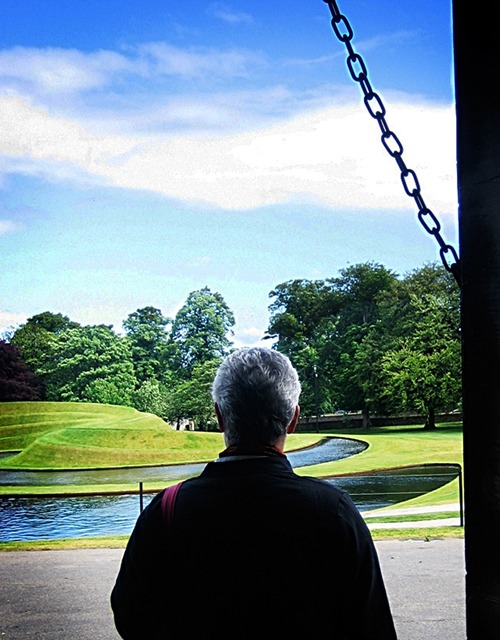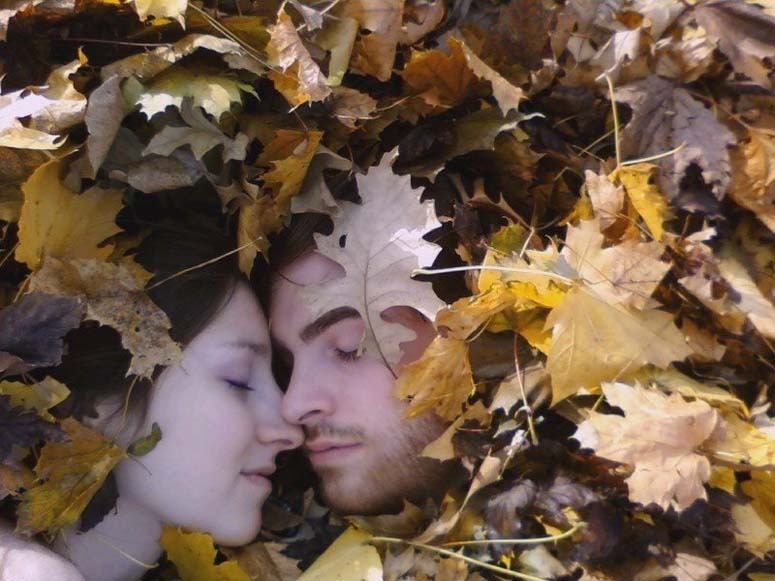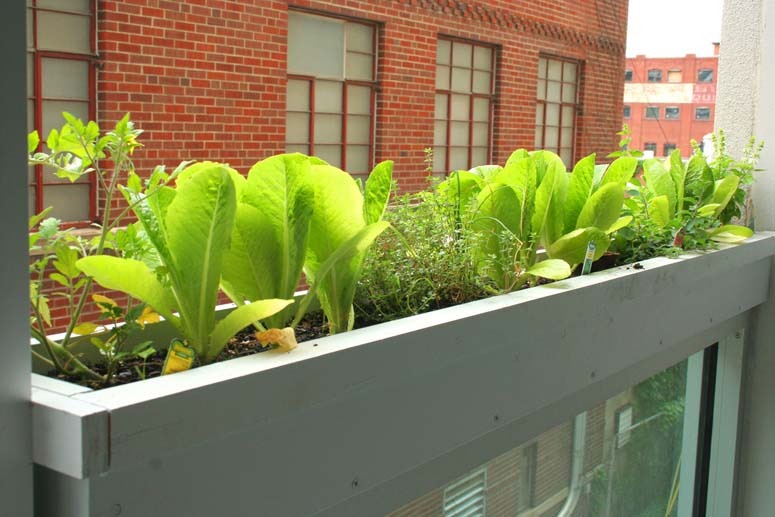I attended the meeting of the Landscape Institute yesterday, held to discuss the future of the Library and Archive, which is threatened with disposal. Many people remarked on what a pleasure it was to have a general LI meeting – and what a pity that it had to have a negative objective: to stop the disposal of the LI Library. When I moved to London in the early 1970s there used to be regular general meetings of the Institute at Carlton House Terrace. A friend remembers playing musical chairs with Sylvia Crowe, Brenda Colvin, Cliff Tandy, Bodfan Gruffyd, and others. It was appropriate that Hal Moggridge, who also attended these meetings, was the first to speak in support of the Library and Archive. Since the Chapters/Branches were formed the community has lacked well-attended general meetings. Our predecessors would be pleased that the points made at the general meeting on 22 January 2009 were more positive than negative.
There was strong support for the principle of retaining the Library and Archive in the ownership and custody of the Landscape Institute. To some, it felt like keeping family photographs: one may not look at them very often but one wants to know they are there. They are our heritage; they define our identity; they are the seed from which the organization will grow.
There was strong support for the principle of re-directing the Landscape Institute’s administrative energy towards the exertion of influence on public policy. Having been urging this change since 1990, I was very pleased to hear people speak in its favour. The economic recession, which was officially recognized this morning, makes the task urgent.
There is an appreciation that the LI Council and Secretariat have become detached from the membership. The LI is spending too much money on administrators. They are not landscape architects and they do jobs which used to be done by members working as volunteers. This is expensive and, as ever, a volunteer is worth ten pressed men or women.
Here is my own suggestion: the LI should hold another General Meeting to formulate ideas and set the agenda with a series of Policy Statements, as Geoffrey Jellicoe did in the even darker days of the 1940s and 1950s. People can speak with passion at meetings, making the task of writing the policy statements simpler and faster. Instead of a few glossy documents on vague topics we should issue monthly press releases accompanied by two good illustrations and two sides of A4. The Friend’s Meeting House would be a good venue for a Policy Meeting.

 A friend, who is both a designer and a plant expert, remarks that “a planting design should be done without reference to plant names”. Instead, “the designer should use sketches and cross sections” – and then think about what species could achieve the design effect.
A friend, who is both a designer and a plant expert, remarks that “a planting design should be done without reference to plant names”. Instead, “the designer should use sketches and cross sections” – and then think about what species could achieve the design effect.

 Short-term thinking produces such horrors as the ‘useful quick-growing screen’, achieved (left) with Lawson’s Hated Cypress (Chamaecyparis lawsoniana ‘Horribilis’). Long-term thinking produces such masterpieces as Katsura Imperial Villa (right).
Short-term thinking produces such horrors as the ‘useful quick-growing screen’, achieved (left) with Lawson’s Hated Cypress (Chamaecyparis lawsoniana ‘Horribilis’). Long-term thinking produces such masterpieces as Katsura Imperial Villa (right).
